Author: lisaweiner
-
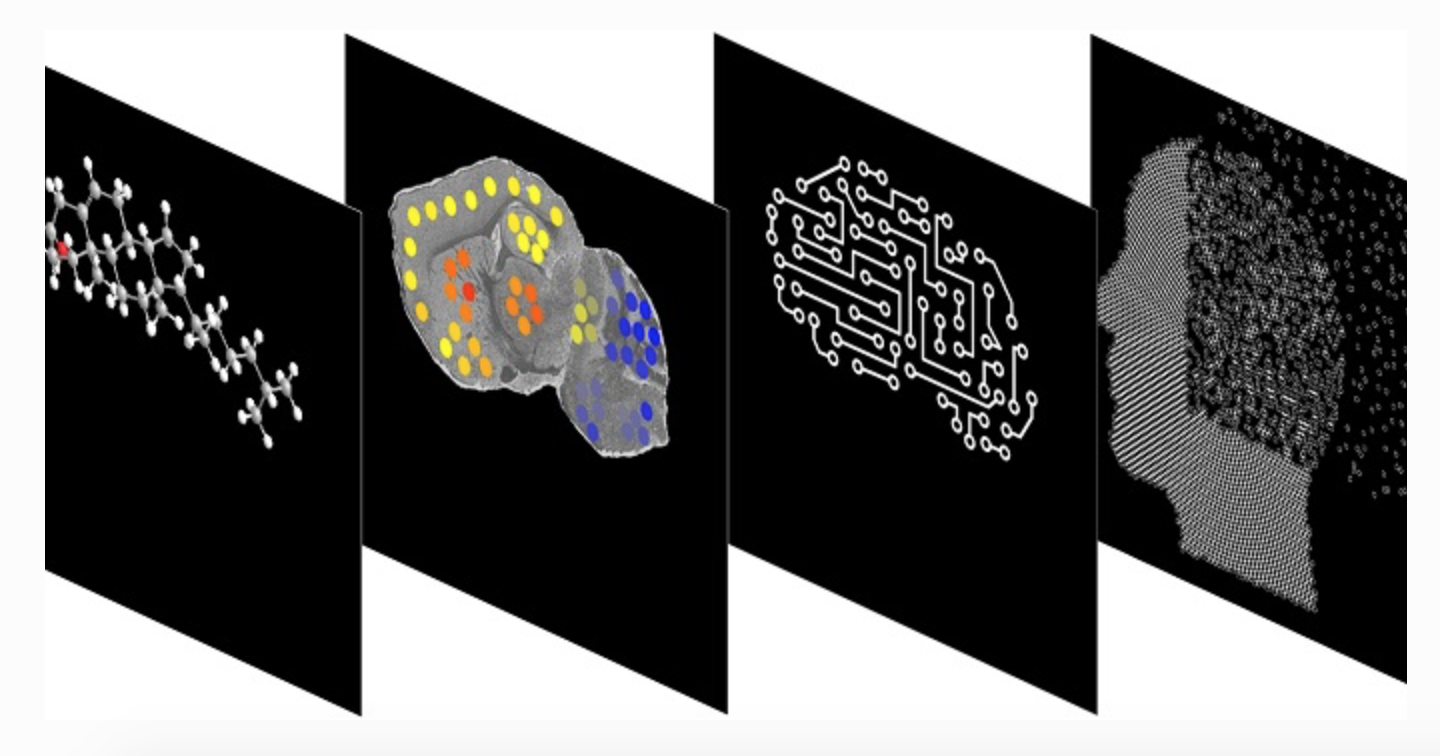
Brain cholesterol map could lead to neurodegeneration therapies, help guide surgery
William Griffiths and Swansea University colleagues have developed a method to map cholesterol in the brain, and understand potential molecule conversion. This is the first technology that can map cholesterol metabolism in defined locations at microscopic levels, and visualize how it changes in pathological niches in the brain. While only studied on mice, the hope…
-
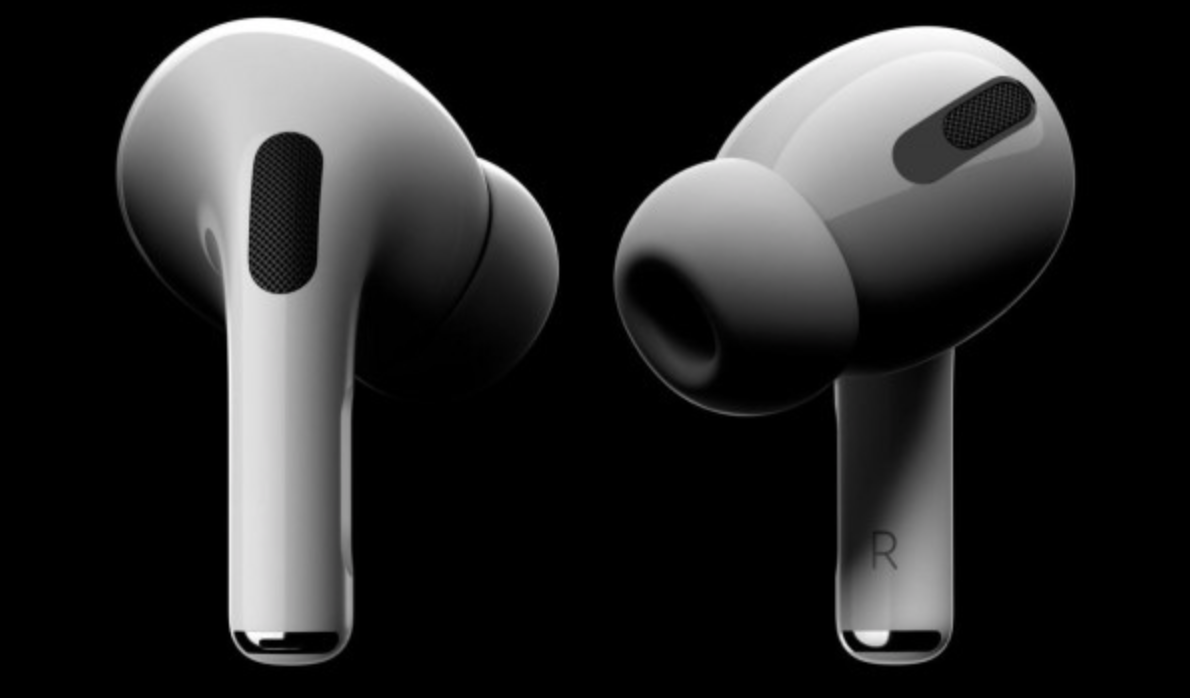
AirPod light sensors for health monitoring
A source has told DigiTimes that Apple supplier ASE Technology will manufacture ambient light sensors for AirPods. This could be used to monitor step count, head movement, and heart rate. It could also track blood oxygen levels — a key metric in detecting COVID-19. The shift from consumer-grade to less-obtrusive medical-grade health monitoring at scale…
-
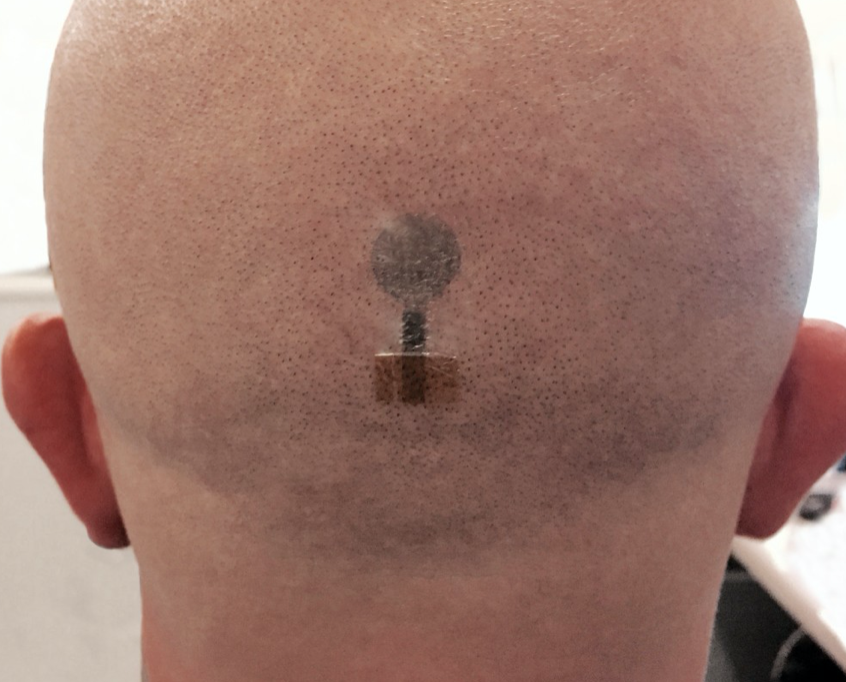
Tattoo electrodes for long-term EEG, MEG measurements
Graz University professor Francesco Greco has built on his earlier work to create advanced inkjet printed conductive polymer electrodes on tattoo paper. The composition and thickness of the transfer paper and conductive polymer have been optimized to achieve a better electrode/skin connection and improve EEG signal quality. The cheap, user-friendly, dry electrodes have shown similar…
-

Sniff test predicts consciousness recovery
Cambridge scientist Anat Arzi and Yaron Sacher of Israel’s Beit Lowenstein Rehabilitation Center have developed a simple olfactory consciousness test. In a study, 43 unconscious brain-injured pateients were presented with jars containing various smells under their noses. Scents included pleasant shampoo, unpleasant rotten fish, and no odor. Scientists measured the volume of air inhaled through…
-
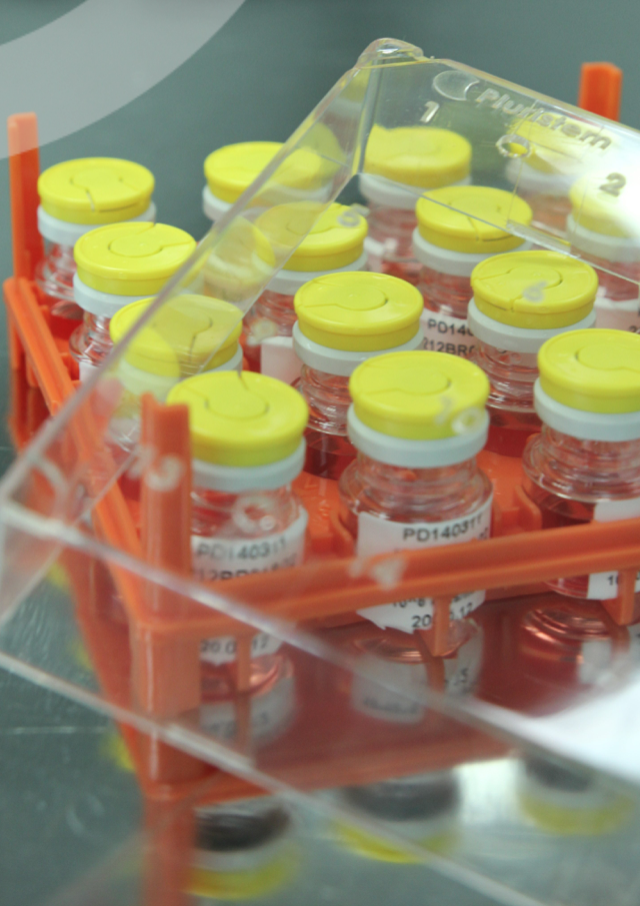
Stem cell treatment for ARDS in COVID-19 patients
Last week, Pluristem released initial results from its compassionate use program for the treatment of patients with acute respiratory failure and inflammatory complications resulting from COVID-19. The treatment was administered in an Israeli hospital. All seven ICU patients with ARDS treated with Pluristem’s PLX cell therapy have survived. 6 out of 7 have completed the…
-
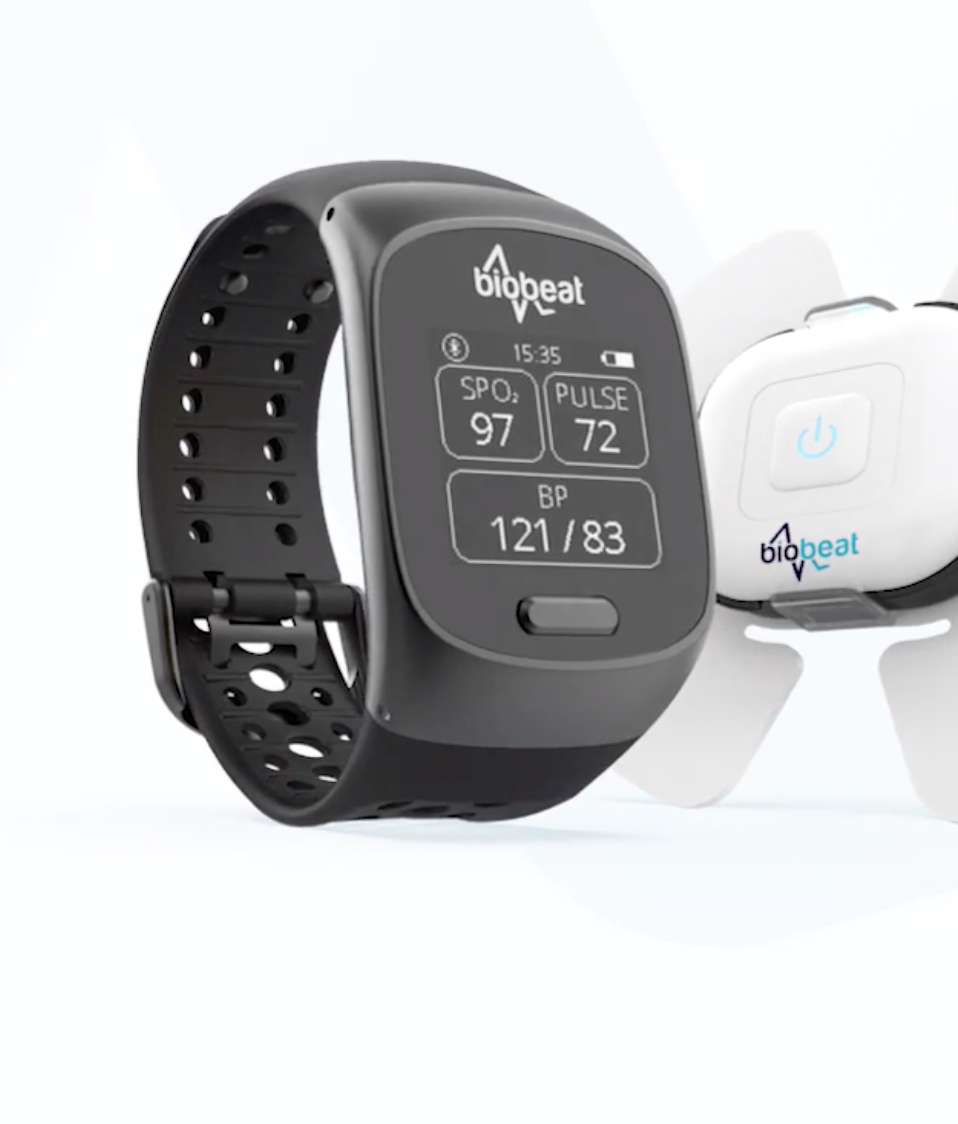
Continuous COVID-19 PPG vital sign monitoring in hospital and home
Biobeat‘s wrist wearable uses PPG wave reading for continuous, cuffless, noninvasive medical-grade monitoring of blood pressure, oxygen saturation, respiratory rate, heart rate, temperature and other vitals. It is being widely used for Israeli COVID-19 patients in hospitals and at home.
-
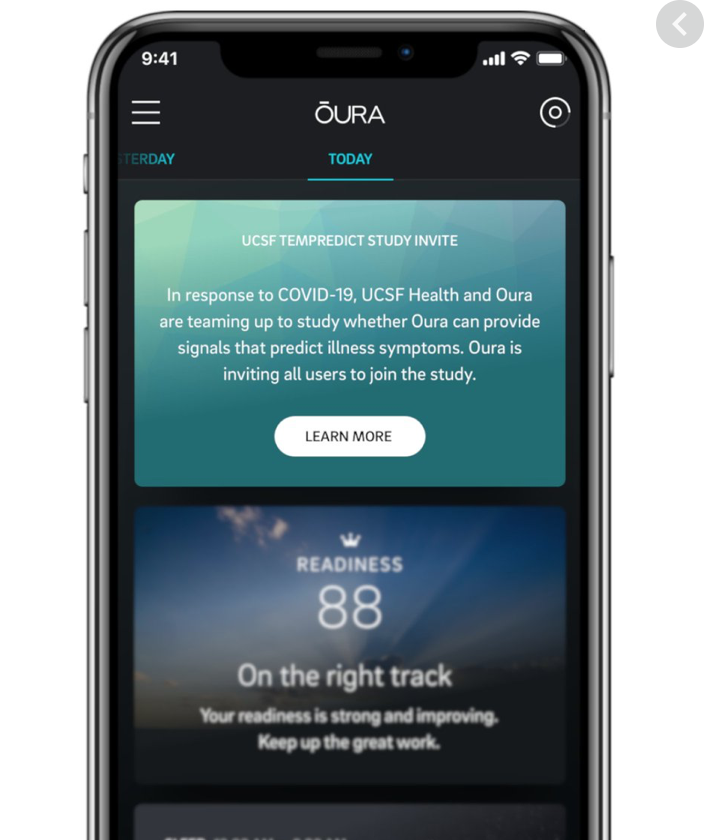
UCSF/Oura ring COVID-19 onset, progression, recovery study
UCSF’s Ashley Mason is using the Oura Ring to build an algorithm to help identify patterns of onset, progression, and recovery, for COVID-19. The study will combine physiological data (temperature, respiratory rate, heart rate) with responses to daily symptom surveys from 2,000 front-line healthcare workers and the general population. It will be open to all…
-
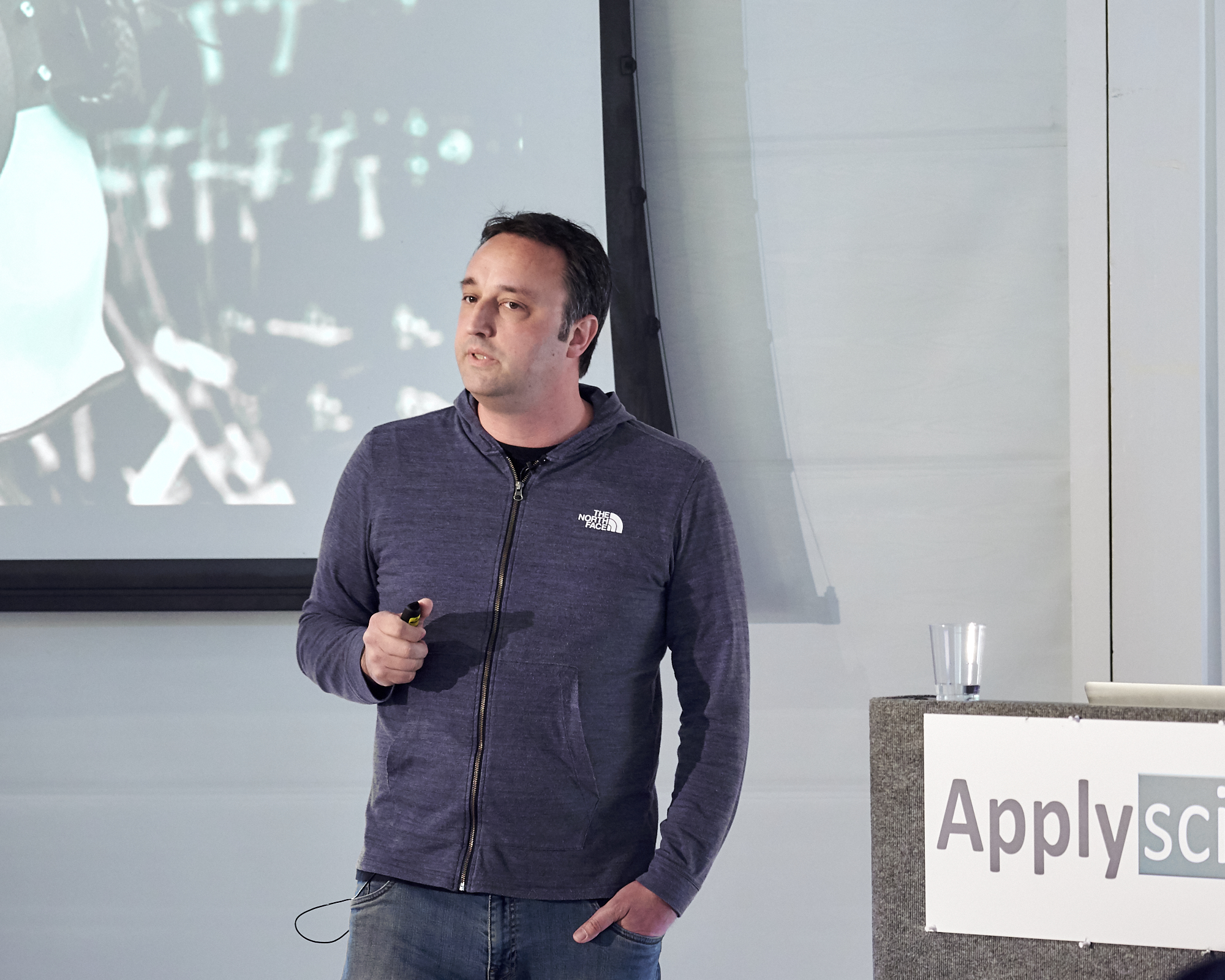
Facebook’s Mark Chevillet on Brain-Computer-Interfaces
Mark Chevillet’s recent talk at the ApplySci Silicon Valley conference, called “Imagining a new Interface: Hands-free Communication With Out Saying a Word” is now live on the ApplySci YouTube Channel. Join ApplySci at Deep Tech Health + Neurotech Boston on September 24, 2020 at MIT
-

Ultra thin sensor measures pulse, scans fingerprints, vein patterns
University of Tokyo’s Takao Someya has developed a very thin sensor, worn around the finger or arm, which measures pulses and scans fingerprints and vein patterns, which can prevent identification errors in hospitals and nursing homes. It consists of a thin film transistor and an optical sensor, based on Takao Someya, on a sheet, allowing…
-
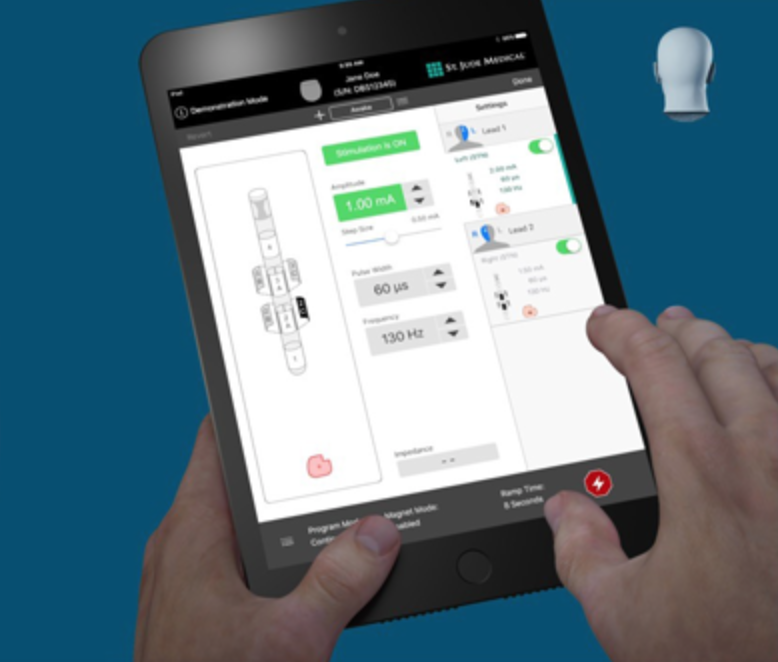
Directional DBS system targets GPi to relieve Parkinson’s symptoms
Abbott received FDA approval for an expanded indication for its Deep Brain Stimulation system, to include targeting of internal globus pallidus. The GPi plays an integral role in motor function. When targeted with DBS, Parkonson’s symptoms not adequately controlled by medication can improve. The directed stimulation system is now approved for all major targets used…
-
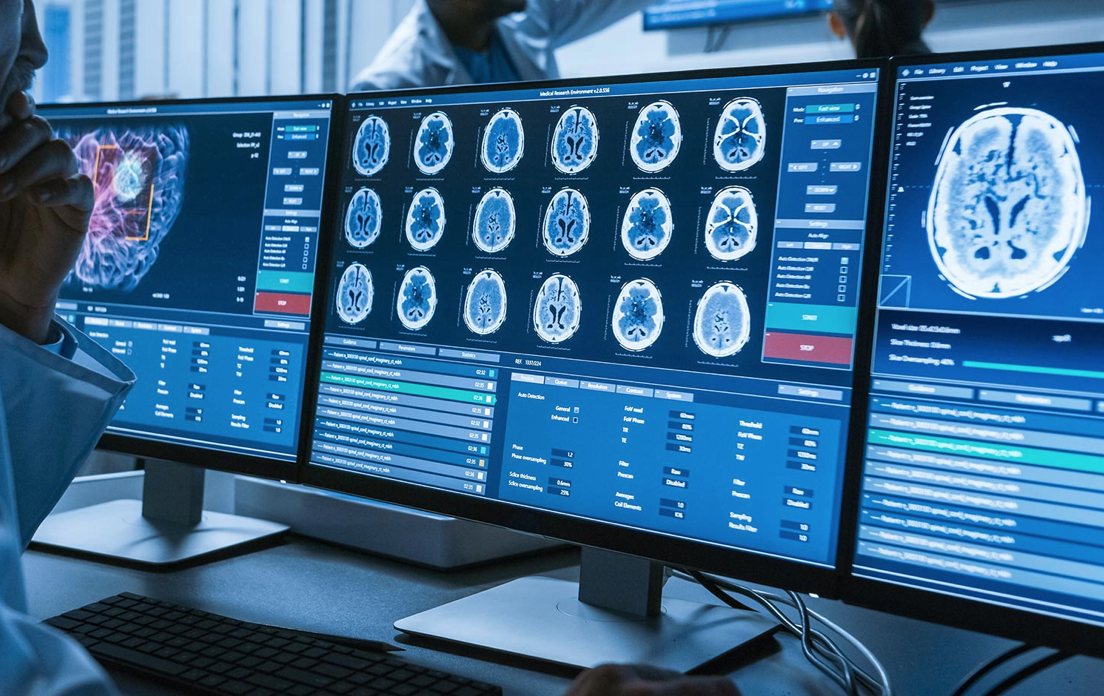
Injected nanoparticles could reduce TBI swelling
In what he believes might be the first “real and practical treatment for people with significant traumatic brain injury,” Northwestern’s John Kessler was able to significantly reduce brain swelling and damage by injecting nanoparticles into the bloodstream within two hours after the injury. The very promising technology has, so far, only been tested on mice.…
-
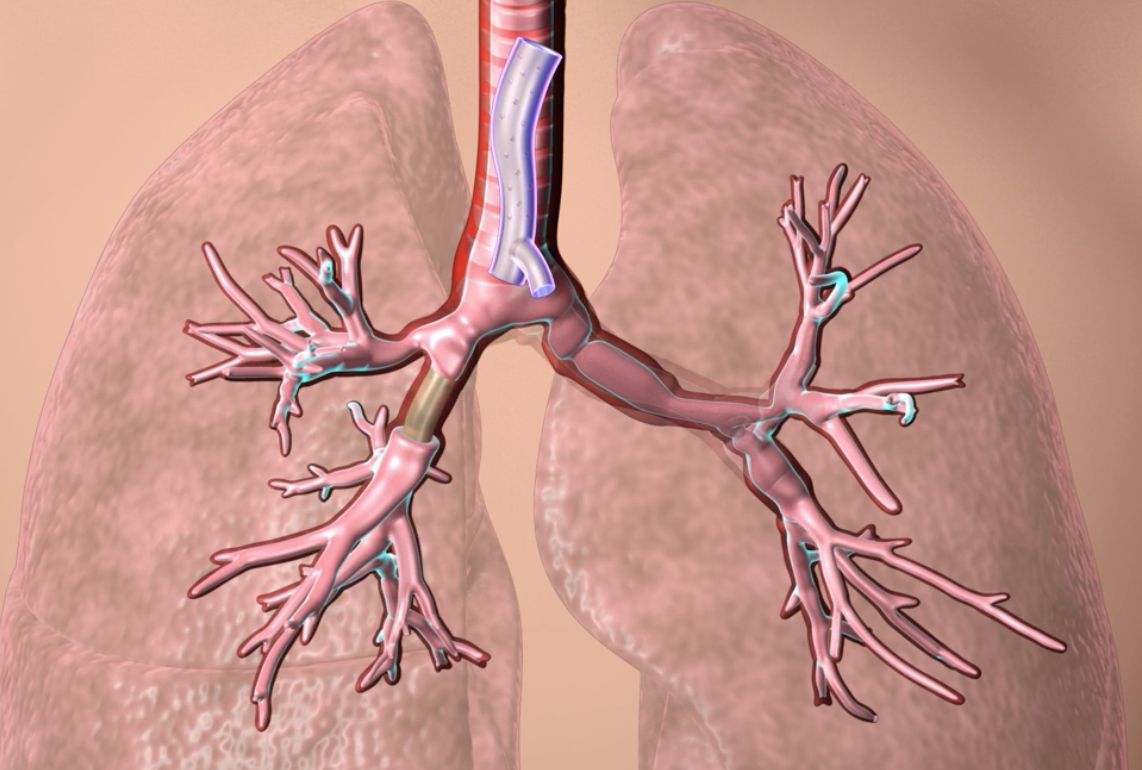
3D printed, custom fitted airway stents
Cleveland Clinic physician Tom Gildea used CT scans and visualization software to develop 3D printed silicone stents used to open the airways of patients with tumors, inflammation, trauma or other masses. The technology has now been approved by the FDA. Standard airway stents come in a limited number of sizes and shapes and are generally…